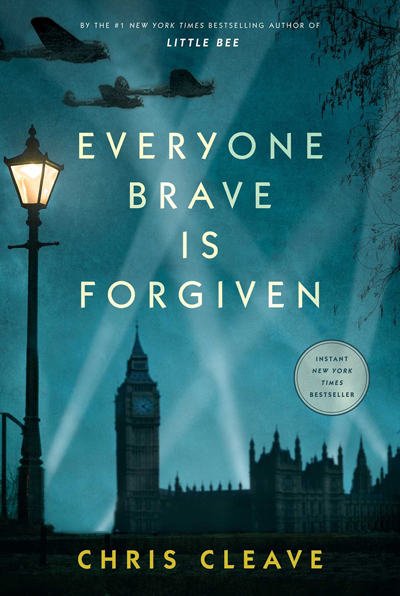Genealogy Gems Podcast Episode 233
Genealogy Gems Podcast Episode 233
with Lisa Louise Cooke
September 2019
Listen now, click player below:
;
Please take our quick podcast survey which will take less than 1 minute. Thank you!
In this Episode
Today we’re going to take a look at what so many records and record collections have in common: they are often Lists. Now that may sound pretty straight forward, but there’s a lot more to Lists than meet the eye.
A list of names, places or other information has a lot to tell us and can be used in unique ways. Professional genealogist Cari Taplin joins me in this episode for a conversation about what is so lovely about lists.
My Summer Vacation
If you’ve been following me on Instagram – you can find me here on Instagram or by searching for genealogy gems podcast in the free Instagram app – then you know that I’ve spent a bit of my time this summer getting a taste of some of the work many of my ancestors did and probably that many of your ancestors did: farming.
Bill and I have a close friend who owns his grandfather’s 1904 homestead in North Dakota. A few years back Bill went up there to help them open it back up and get things up and running. This year we helped them harvest their crop of oats. (They even have a sign in the field that says, “These oats will grow up to be Cheerios”)
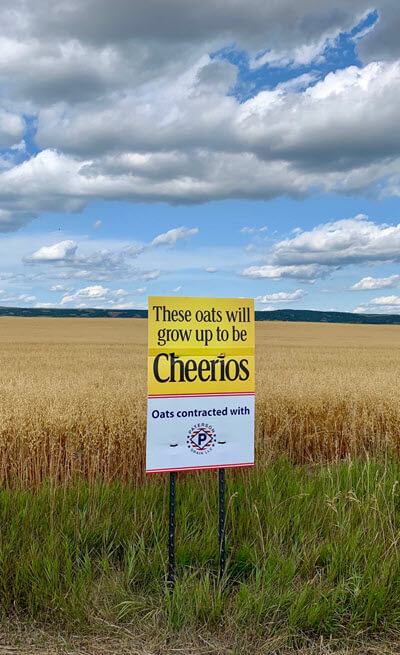
Of course, we used equipment that our ancestors may not have had. I learned to drive the combine, and I turned the field with the tractor. But in many ways, things haven’t changed all that much.
One of the things that really struck me was how the farming community out there pulls together.
Now to put this in perspective: the 240-acre homestead is about two miles down a dirt road from Canada. The house has fallen into disrepair over the decades, so our friend bought an old farmhouse in the nearby town where he grew up. That town has a population of just over 50 people!
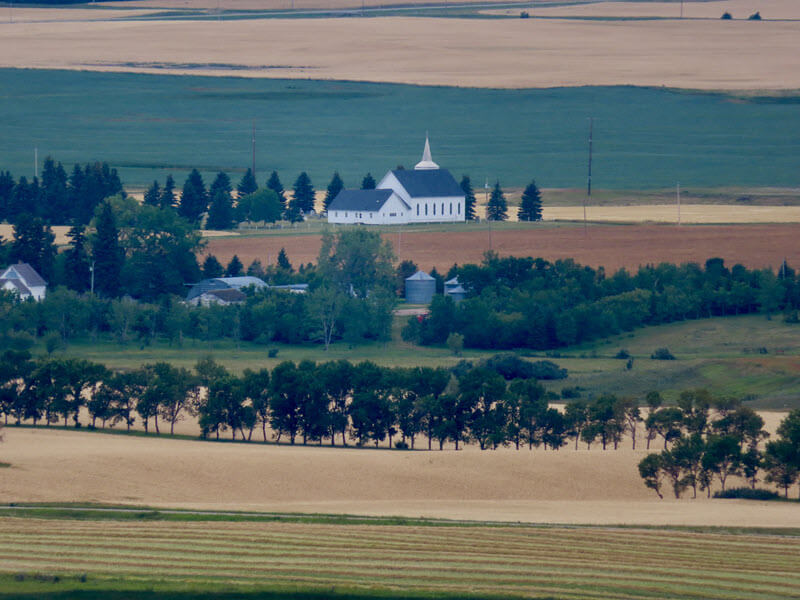
North Dakota farmland. Photo Credit: Lisa Louise Cooke, Genealogy Gems
So, we’re talking about a pretty remote location, and folks are scattered on various farms miles apart. But when a tractor was in need of repair, within the hour a neighbor would be pulling up ready to crawl under it alongside our friend to work on it till it was fixed. When a piece of equipment was needed that he didn’t have, it would soon be rolling down the road from a neighboring farm to pitch in.
Everyone had one eye on the sky at all times to watch the ever-changing weather, and there was such a commitment by all to make sure no neighbor was left with unharvested crops before a storm hit.
So even though the combines of today are motorized massive machines with air conditioning and stereos, the work ethic, the commitment and the community was unchanged from when his granddad first filed his homestead claim. Bill and I felt really blessed to be a part of it.
Think of us next time you eat your cheerios.
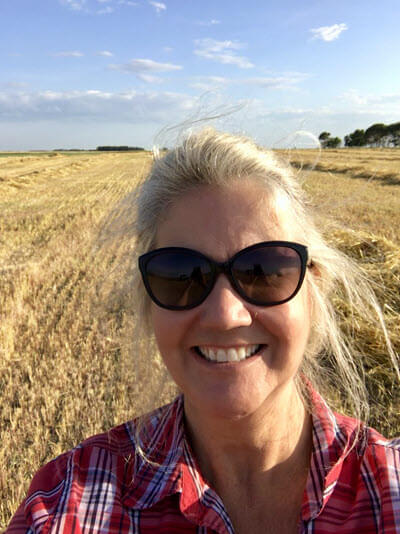
Farm selfie

MyHeritage.com is the place to make connections with relatives overseas, particularly with those who may still live in your ancestral homeland. Click the logo above to get started.
GEM: Interview with Cari Taplin
If you’ve been doing genealogy for any length of time, then you have probably encountered a list. They come in all shapes and sizes, and at first glance they may seem very straight forward.
Cari Taplin, a certified genealogist out of Pflugerville, Texas, says it’s worth taking the time to really examine lists carefully because there may be more there than meets the eye.
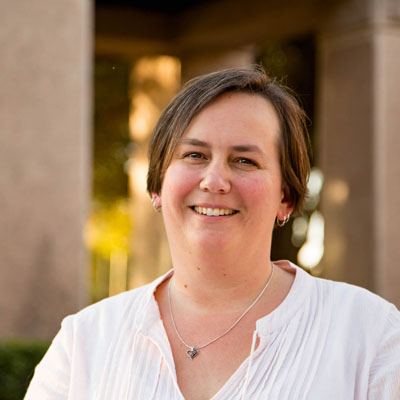
Cari currently serves on the boards of the Association for Professional Genealogists and is the Vice President of Membership for the Federation of Genealogical Societies. As the owner of GenealogyPANTS, she provides speaking, research, and consultation services, focusing on midwestern and Great Lakes states and methodology.
Types of Lists
Nearly every time we sit down to do genealogy research we run into a list. There are loads of them out there. Here’s just a starter list of the lists you might run into:
- indexes of any kind
- city directories
- tax lists
- petitions
- censuses
- church membership
- members of a club or society
- fraternal organization member lists
- community groups
- committees
- lists in newspapers like hotel registrations, letters at post office
- hospital admittances and discharges
- cemetery books
- event participants
- jurors
- estate sales
- militia rolls
- voter lists
- land lottery winners
- school class lists
- yearbooks
- agricultural lists
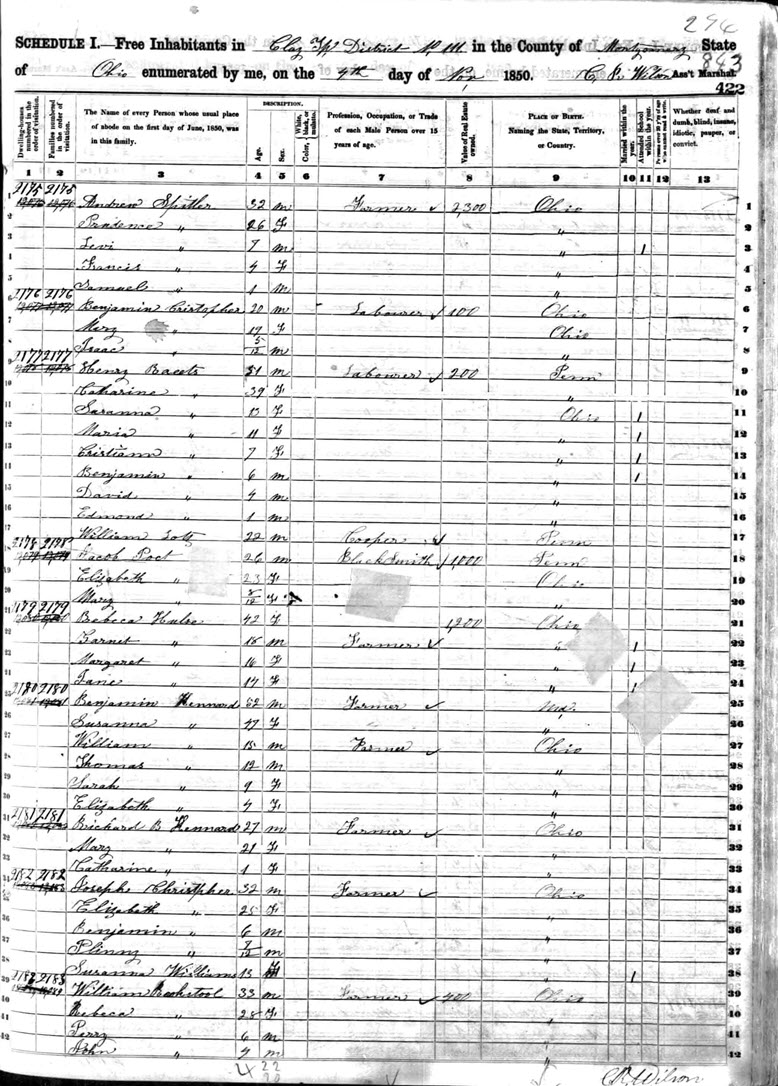
Census records are examples of lists
Significance of List Construction
Of course, not every list is alphabetically organized by any means. We might run into a list of prison inmates listed by number, or burial sites listed by plot or location. The information can be organized in many different ways.
Cari says that the way the list maker decided to organize the list tells us a lot about the information.
For example, a list that is alphabetized might be an indication that it is a recreated list. Other ways that lists may be constructed include chronologically or by location.
Here are follow up tasks you can do:
- Evaluate for potential error
- Locate the original source
List Explanation or Instructions
Understanding the thinking behind how the list was constructed is also important.
The U.S. Federal Census is a great example of a list that has other background documents such as the enumerator instructions. We don’t see these instructional documents unless we go looking for them. The instructions provide background on the creation of the list, and that can help us get more out of it.
Research Tip: Measuring America: The Decennial Censuses From 1790 to 2000. From that page you download the PDF of enumerator instructions.
Here’s an example of how understanding the census enumerator instructions can help you better understand how to interpret it:
In 1900 the census was answered as if it were a particular day. This means that if someone died a few days later, they may still be listed as alive in the 1900 census. If you know that they died that year, you now have more information that it was after the enumeration date.
Genealogy websites like Ancestry, FamilySearch and MyHeritage often provide background on the creation and purpose of their record collections.
Tax List example: there are laws behind them. Look up the statute. Google to find summations of tax laws at the time. Keep in mind that they might be in order of location.
When analyzing a list, ask yourself the following questions:
- What was this list created for?
- Why is it in this order?
- What does that then tell me about these people?
What’s we’re really talking about is educating ourselves
so that we’re not contributing to the errors that get out there.
It’s an investment in accuracy.
Context
It can be tempting to just scan the list, grab your ancestor out of it, and move on. But if we do that, we could be leaving a lot of genealogical gold behind.
“Evidence mining requires attention to detail, including details that might initially seem insignificant.” ––BCG, Genealogy Standards, #40, p. 24
Here are some ideas as to what we should look for:
- Sometimes it’s just a name (example: petition lists)
- There might be columns at the top – pay attention to those details for more understanding
- Other people in the list: the FAN Club (Friends, Associates, Neighbors.) Look for those names in other documents.
Organizing Your Research and the Data Collected from Lists
Cari uses spreadsheets to organize her genealogical research project data.
Come of the benefits of using a spreadsheet are that you can:
- easily sort the data
- easily manipulate the data
- visualize the data in different forms
Free Download: Read How German Address Books at Ancestry.com are Helping Bust Brick Walls and download the free spreadsheet template.
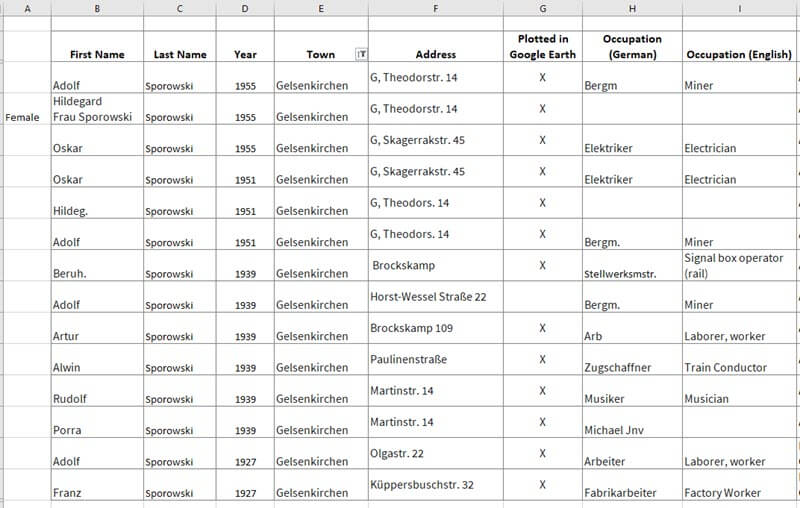
Addresses found in German Address Books marked in the spreadsheet
Explore the Bigger List
Often times you do a search, and you find a single record. But that single record is actually part of a massive internal list, an indexed list from which the search engine is pulling.
An example of this is when you run a search for your ancestor at the Bureau of Land Management website (BLM). After finding your ancestor’s record, you can then run a search by that land description to find other people who owned land and possibly lived nearby.
Watch the FamilySearch video on the batch search technique that Lisa mentioned.
What Constitutes Proof?
“Evidence mining requires attention to detail, including details that might initially seem insignificant.” – BCG, Genealogy Standards, #40, p.24
Review the Genealogical Proof Standard in the show notes for Genealogy Gems Podcast episode 232.
2 men with 1 name
When everyone in the family wants to name their children after Grandpa, you can end up with a lot people in a county with the same name. You need to tease them apart.
Questions to ask:
- Who did they associate with?
- Who were their siblings?
- Where were each of them located?
All of these things can help differentiate them. A spreadsheet is an excellent tool for this.
The Yearbook List Example
Very often the list of names is the full list of students. However, not every student necessarily had their photo taken. Count the names and then count the photos to verify you have the right person. Search the Ancestry Yearbook collection to try and find another photo of the person to compare.
Cari’s Main Message
Don’t skip over a list because it’s lacking some identifying information. You still need to record it. You may come back to it one day!
Visit Cari Online: Genealogy Pants
Profile America: The Gregorian Correction
Wednesday, September 11th. This was a day that didn’t exist in Colonial America in 1752, as the familiar calendar underwent what is called the “Gregorian correction,” switching from the ancient Julian calendar to adjust for errors accumulated over centuries.
After September 2nd, the next day was September 14th. The British parliament’s Calendar Act of 1750 had also changed New Year’s Day from March 25th to January 1st. As a result, the year 1751 had only 282 days. Since then, with leap years built in as in 2020, the calendar has remained constant.
Sources:
Calendars timeline, accessed 6/6/2019
Calendar Act
Calendar riots
Printing services, County Business Patterns, NAICS 32311
Printing employment, Annual Survey of Manufacturers, NAICS 32311
News: Watch Lisa’s new MyHeritage Education Center
Visit the MyHeritage Education Center to watch videos and read article to help you get more out of using MyHeritage. Watch the presentation at the MyHeritage Education Center: How to Find Your Family in Newspapers with SuperSearch
Genealogy Gems Episode 202 – Free Episode
The Genealogy Gems Podcast
Episode 202
Lisa Louise Cooke

Highlights of this episode include:
- AncestryDNA’s new Genetic Communities: An Interview with Catherine Ball, Ancestry’s Chief Scientific Officer;
- Meet contestant Joe Greer from Relative Race, the genealogy reality show;
- The new Genealogy Gems Book Club featured title: a novel from an internationally best-selling author
- A botched reference to the 1950 census in a Stephen King novel?and 5 tips for counting down to the 1950 census release in exactly 5 years
- Naming traditions tip from a listener
- Lisa’s Google search strategies: search operators, YouTube and more
NEWS: ANCESTRYDNA GENETIC COMMUNITIES
Ancestry.com rolls out AncestryDNA Genetic Communities
FREE VIDEO: Introducing AncestryDNA Genetic Communities
Genealogy Gems Podcast episode 201 about new AncestryDNA study
NEWS: MYHERITAGE CONSISTENCY CHECKER
Access by logging in to your MyHeritage account and find this tool under the Family Tree dropdown menu:
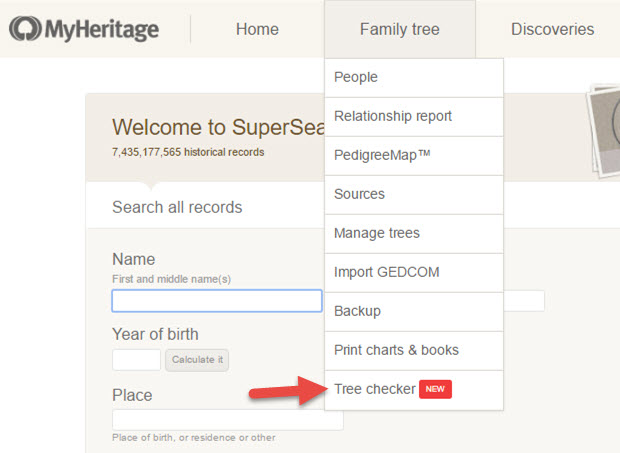

This podcast is sponsored by:
MyHeritage.com is the place to make connections with relatives overseas, particularly with those who may still live in your ancestral homeland. Visit www.MyHeritage.com
A Similar Tool: RootsMagic Problem Search
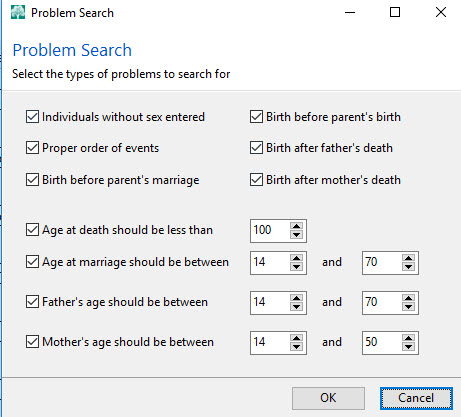

In RootsMagic, find it under the Tools menu. Select Problem Search, then Problem List to select the different kinds of problems you can have RootsMagic identify for you and to choose what age ranges you decide are out of bounds for a new father or mother.
Thank you to our podcast sponsors:
MAILBOX: NAMING TRADITIONS

Norwegian naming traditions tip from a listener
Irish naming conventions mentioned in this Q&A with Irish expert Kate Eakman
Mexican Genealogy Guide by David A. Fryxell
2 more places to find naming traditions:
Google search: for the name of the country or ethnic group, plus naming traditions
MAILBOX: GOOGLE SEARCH OPERATOR TIP: “Oppenheim the butcher, NOT the bomb!”
FREE VIDEO TUTORIAL:
Speak Google’s Language: Google Search Operator Basics
The Genealogist’s Google Toolbox, 2nd edition by Lisa Louise Cooke

MAILBOX: STEPHEN KING AND THE 1950 CENSUS
To search inside books in Amazon:

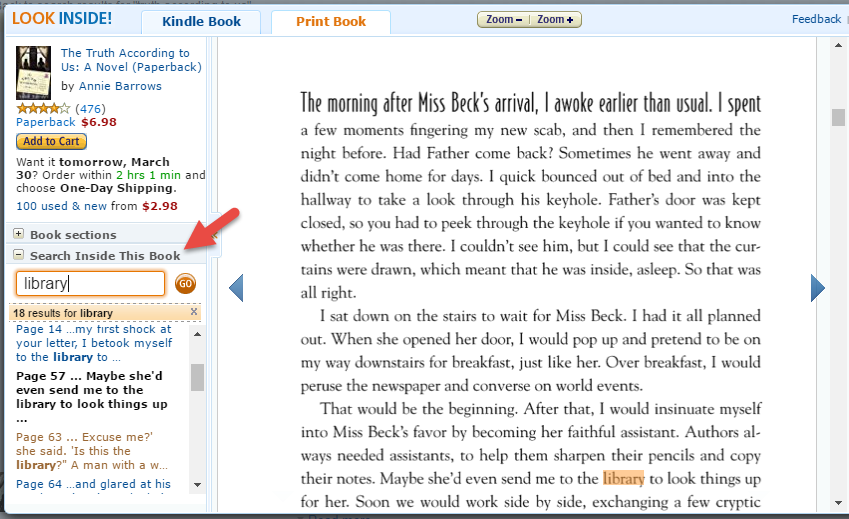

INTERVIEW: JOE GREER ON RELATIVE RACE
Meet Team Black: Joe and Madison Greer of Portland, OR

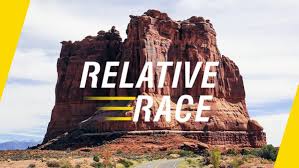
Relative Race: “What happens when genealogy meets reality TV? Using their DNA as a guide, contestants embark on the ultimate road trip across America, completing challenges and meeting unknown relatives along the way.”
Click here to watch past episodes online for free. The last two episodes of season two, 9 & 10, will air back to back respectively at 7pm MT/9pm ET and 8pm MT/10PM ET on Sunday, April 30.
Click here to learn more about the show
BONUS CONTENT FOR GENEALOGY GEMS APP USERS
Free PDF summary of 8 top genealogy TV shows from the past several years and where you can watch them online?a few of them for free, including Relative Race.
The Genealogy Gems app is FREE in Google Play and $2.99 for Windows, iPhone and iPad users.
INTERVIEW: Catherine Ball, Chief Scientific Officer, Ancestry.com
About Catherine Ball: Chief Scientific Officer at Ancestry

FREE VIDEO DEMO: Introducing AncestryDNA Genetic Communities
Study using AncestryDNA data identifies group migration patterns
Thanks to Your DNA Guide Diahan Southard for joining us to talk about this new development in genetic genealogy. Click here to learn more about Diahan’s how-to DNA video tutorials and personal consultation services for solving your family history mysteries with DNA.
GENEALOGY GEMS BOOK CLUB
New featured title: The Whole Town’s Talking by Fannie Flagg
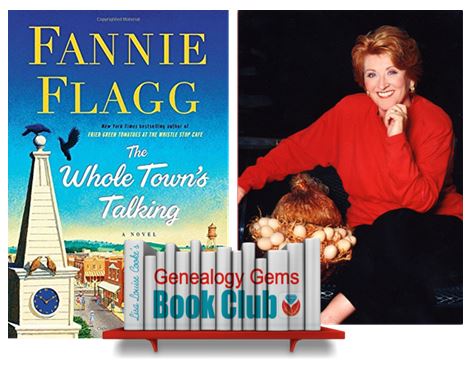 A multi-generational novel about a Swedish immigrant and the town he builds in the American Midwest by luring other Swedish settlers and a mail-order bride. As characters die, they take up residency in the local cemetery and continue to comment on the activities and people of the town.
A multi-generational novel about a Swedish immigrant and the town he builds in the American Midwest by luring other Swedish settlers and a mail-order bride. As characters die, they take up residency in the local cemetery and continue to comment on the activities and people of the town.
Also recommended by Fannie Flagg: The All-Girl Filling Station’s Last Reunion
New from past Book Club authors:
The Missing Man by Nathan Dylan Goodwin, a novella in his popular Forensic Genealogist series
Everyone Brave is Forgiven by Chris Cleave is now available in paperback
PROFILE AMERICA:
THE LOUISIANA PURCHASE
PRODUCTION CREDITS
Lisa Louise Cooke, Host and Producer
Sunny Morton, Editor
Diahan Southard, Your DNA Guide, Content Contributor
Lacey Cooke, Service Manager
Vienna Thomas, Associate Producer
Find Your Ancestors in the Scotland Census Now at FamilySearch
Is that the sound of bagpipes? It might be, because the Scotland 1901 Census is now available at FamilySearch! Learn more about what you’ll find in this collection and get top tips from a Scottish genealogy expert on how to find your ancestors is in Scottish records. Then we head over to Central and South America for exciting new and updated genealogy collections for the Bahamas, Panama, and Brazil.
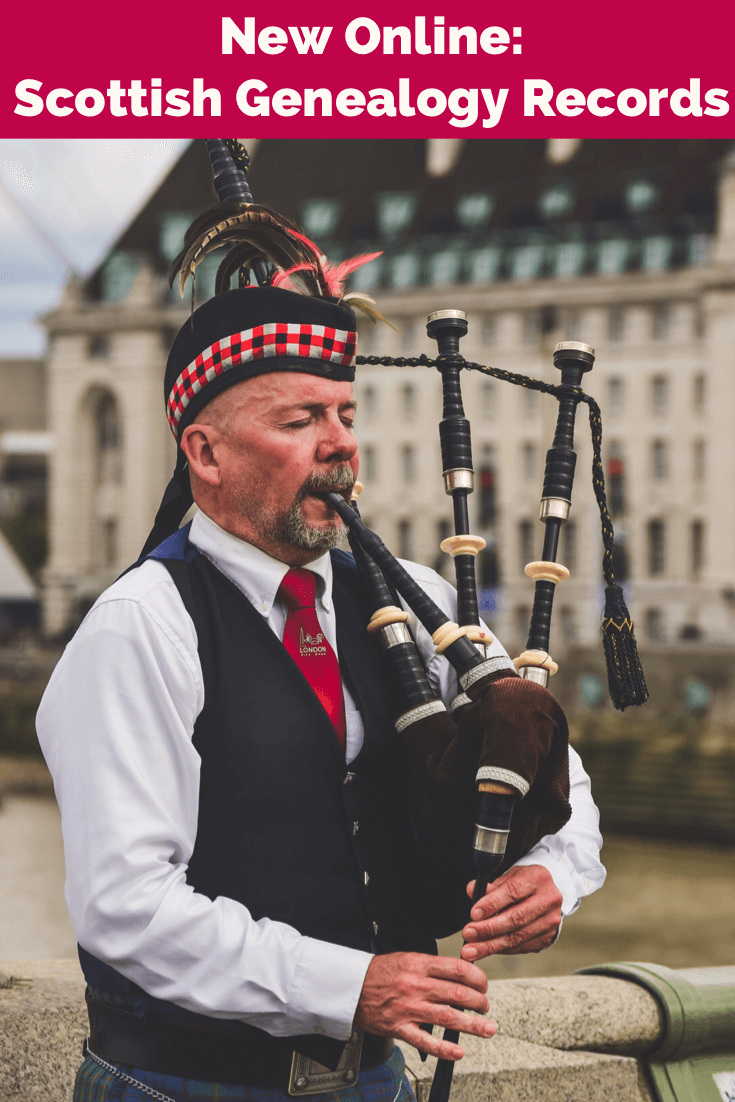
Scotland Census Now at FamilySearch
Does your family tree have roots in Scotland? You’re in luck! You can now search for your tartan-clad ancestors for free at FamilySearch! The Scotland Census, 1901 contains almost 4.5 million records for those living in Scotland on Sunday March 31, 1901.
“These records are comprised of Enumeration forms that were distributed to all households before the census night and the complete forms were collected the next day by the enumerators. Included in this series are returns from ships of the Royal Navy at sea and in ports abroad.
Click here to search these records at FamilySearch now.
This collection is also available on Findmypast. If you have a subscription to Findmypast, you can access the 1901 census that includes Scotland, England, and Wales. Click here to search at Findmypast.
UPDATE: The original FamilySearch press release contained incorrect information about the source of the 1901 census records. Visit the National Records of Scotland website here for more information about the 1901 census.
According to the National Records of Scotland website, they hold records of the census of the population of Scotland for 1841 and every tenth year thereafter (with the exception of the wartime year of 1941 when no census was taken) and of the sample census of 1966. Census records are closed for 100 years under the Freedom of Information (Scotland) Act 2002.”
3 Strategies for Finding an Ancestor in Scottish Records
If your love of tartan, bagpipes, and kilts equals your love of family history research, you are likely hoping to find an ancestor who was born in Scotland. Or perhaps nothing would surprise you more than to find a Scottish ancestor. In either case, the next step is to find this ancestor in Scottish records.
As with all immigrants, the first step to finding them in their homeland is to research their lives extensively in America before searching for them in Scottish records. Scottish genealogy expert Amanda Epperson, PhD joins us here on Genealogy Gems to share some of her top strategies to help you find your ancestors in Scottish records. Click here to read more!

New Genealogy Records for the Bahamas
Findmypast has been making major strides in expanding its collection to include rare and underrepresented records. The newest addition is the Bahamas Birth Index 1850-1891. Discover your Bahamian ancestors in this online index of registered births from the British Crown Colony of The Bahamas.
Birth records are essential to expanding your family tree. There are tens of thousands of records in this collection, giving information not only about relatives born in the Bahamas but also their parents. Click to search the Bahamas Birth Index 1850-1891.
Panama Records Indexes
Three new indexes containing just under half a million vital records from the Republic of Panama have recently joined Findmypast’s growing collections of international records. There are now four collections for Panama:
- Panama Baptism Index 1750-1938
- Panama Death Index 1840-1930
- Panama Marriage Index 1800-1950
- Gorgas Hospital Panama Canal Mortuary Registers 1906-1991
These new additions consist of baptisms, marriages and deaths spanning the years 1750 to 1950 and will generate hints on Findmypast family trees. (Learn more about Findmypast’s new tree hinting feature by clicking here.)
Brazil Civil Registrations
FamilySearch has a new genealogy collection for South America: Brazil, São Paulo, Civil Registration, 1925-1995. Boasting nearly 2 million records, this data set includes births, marriages, deaths, and indexes created by various civil registration offices in the state of São Paulo. Some of these records have been indexed and are searchable as part of this collection. Additional images and indexed records will be published as they become available.
These records are in Portuguese so you may want to take a look at these resources for help with these records:
Bring genealogy records to life with Google Earth!
Genealogists love making discoveries in records, but the excitement of documents doesn’t exactly translate to the non-genealogists in your family. Capture your family’s imagination by telling their family history story with Google Earth. See how easy it is to turn the genealogical information you’ve collected into compelling multi-media stories. These tours will help everyone in your family appreciate your genealogical research and protect as a legacy for generations to come. Enjoy!
About the Author: Lisa Louise Cooke is the producer and host of the Genealogy Gems Podcast, an online genealogy audio show and app. She is the author of the books The Genealogist’s Google Toolbox, Mobile Genealogy, How to Find Your Family History in Newspapers, and the Google Earth for Genealogy video series, and an international keynote speaker.
Disclosure: This article contains affiliate links and Genealogy Gems will be compensated if you make a purchase after clicking on these links (at no additional cost to you). Thank you for supporting Genealogy Gems!





